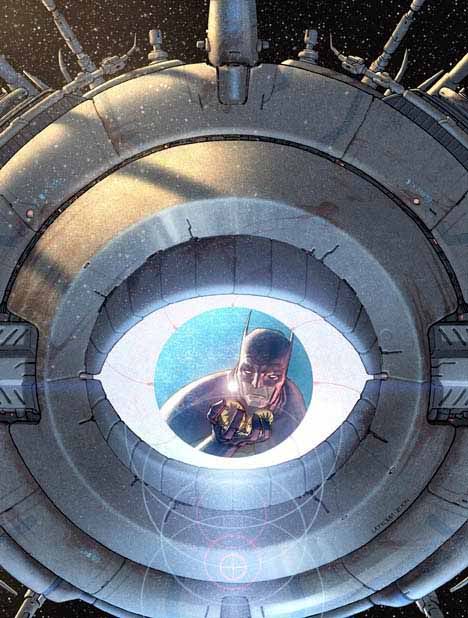January 2012
***SPOILERS AHEAD***
 The first month in 2012 has been a somewhat hit-or-miss for DC's 'new 52' titles. While previously strong titles like Action Comics and Resurrection Man suffered slight hiccups, other strong titles such as Batman and Green Lantern kept their momentum and readers' attention.
The first month in 2012 has been a somewhat hit-or-miss for DC's 'new 52' titles. While previously strong titles like Action Comics and Resurrection Man suffered slight hiccups, other strong titles such as Batman and Green Lantern kept their momentum and readers' attention.Red Lanterns saw an interesting turn as it gave some back story to some of the lesser-known members of the Corps that feels only rage. Doing this allows for more ranged storytelling, possibly in an 'A-story, B-Story' style that could intertwine or connect with other Green Lantern-related books.
In Supergirl, Kara flies back to Krypton hoping to find something where there is nothing. Frustrated and confused, she is approached by a mysterious warrior calling herself Reign. After a brief fight, she reveals herself to be a living weapon of mass destruction searching for the same answer - the reason for Krypton's destruction - as Kara. We're left with Supergirl unconscious in the dead city of Argo floating around a dead sun.
 One of the most underrated books of the 'new 52' is Blue Beetle. While it sometimes comes across as cheesy and/or unconvincing in terms of adolescent behavior, it provides a solid tale of a teenager coming to possess powers he can't fully comprehend. While it's an obvious attempt to mimic Marvel's success with Ultimate Spider-Man (which creates an even bigger connection now that Ultimate Spidey is also Hispanic), Blue Beetle offers an integral part of DC mythology with a great multi-cultural setting. As the intergalactic legion responsible for the creation of the Blue Beetle scarab comes searching for their missing unit on Earth, they get called to join the invasion fleet heading to attack the Blue Lantern home world of Odym, a war promised to be covered starting in Green Lantern: New Guardians #10 this coming June. It's a great one-off to a future event that promises to be a great read.
One of the most underrated books of the 'new 52' is Blue Beetle. While it sometimes comes across as cheesy and/or unconvincing in terms of adolescent behavior, it provides a solid tale of a teenager coming to possess powers he can't fully comprehend. While it's an obvious attempt to mimic Marvel's success with Ultimate Spider-Man (which creates an even bigger connection now that Ultimate Spidey is also Hispanic), Blue Beetle offers an integral part of DC mythology with a great multi-cultural setting. As the intergalactic legion responsible for the creation of the Blue Beetle scarab comes searching for their missing unit on Earth, they get called to join the invasion fleet heading to attack the Blue Lantern home world of Odym, a war promised to be covered starting in Green Lantern: New Guardians #10 this coming June. It's a great one-off to a future event that promises to be a great read.Red Hood and The Outlaws is a fun read. While not as coherent as some of the other Batman-related books (and I use this connection in the loosest sense), Jason Todd's journey as Red Hood joined by Arsenal and Starfire is pure comic fun. Poised as DC's "renegade" superheroes, this 'team' operates purely out of self-motivation and personal conflict. And while they're sometimes targeted by outside forces, it's usually about them. This month, the Outlaws didn't do much, but Red Hood gets a good shot in the nuts about who he's fighting and why.
Overall, DC had a good showing this month. With the announcement of the Second Wave of New 52 titles, I'm interested to see how their inclusion will shake things up.



















